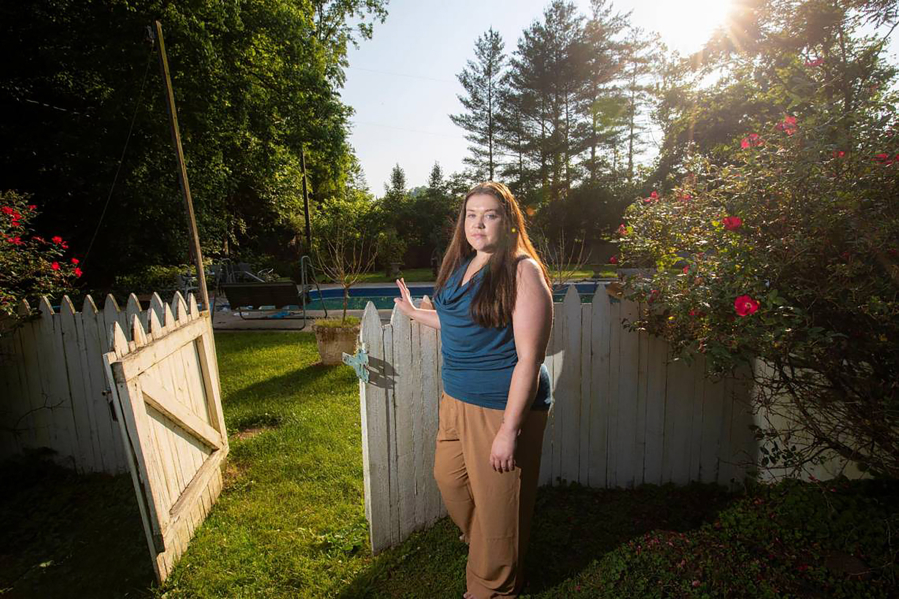LEXINGTON, Ky. — Jessica Blackburn didn’t know she was addicted to opioids until her body’s first withdrawal.
It was 2004, and she was 18. For the last year, she’d swallowed oxycontin recreationally at high school parties in Betsy Lane, her Eastern Kentucky hometown. The first time her body responded to a deficit of pills, Blackburn thought she’d caught a bad case of the flu. It was her high school boyfriend who explained that her body had become dependent.
“It all just kind of clicked,” Blackburn, 36, said recently by phone.
Her active use defined and derailed the next decade of her life.
Blackburn’s parents pulled her out of college and forced her into the first of many stints at a residential treatment center for her opioid use disorder. She tried abstinence-based recovery using the 12-step model. She tried taking buprenorphine, or Suboxone, to help wean her cravings. She was repeatedly arrested on drug-related charges. But no recovery attempts or her lengthening criminal record dissuaded her from returning to oxycontin.
“Using was almost like a romantic relationship, just in terms of how it made me feel,” she said. “It made me very confident, gave me energy. I didn’t feel any physical pain. It was a psychological craving.”



